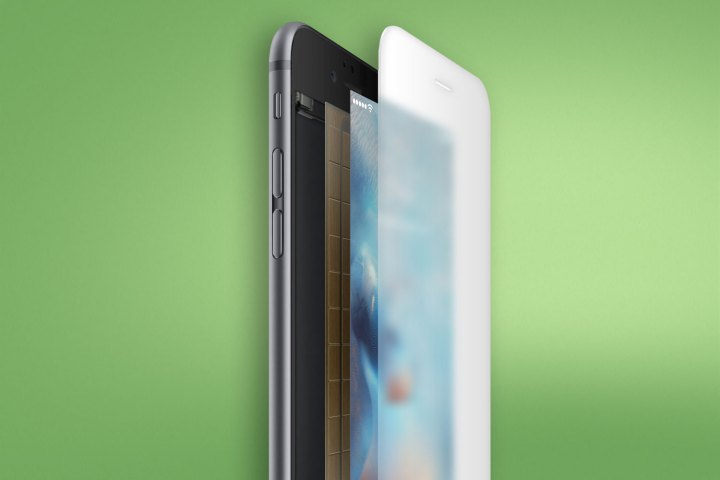
Interestingly, Apple purchased the laboratory from Qualcomm. Although the company is best known for its processors, according to Bloomberg it used the site to develop its Mirasol screen technology. The low-power display uses reflected ambient light to remain visible and doesn’t require a backlight. It debuted on Qualcomm’s Toq smartwatch in 2013.
Apple has recruited scientists and specialists working for Qualcomm, and nearby AU Optronics, to work at the lab, where Bloomberg says new screens for future iPhone and iPad devices are being developed. The publication’s sources said more advanced LCD displays for, “thinner, lighter, brighter, and more energy efficient” products are the focus, along with research into AMOLED displays.
There are no outward signs the building is operated by Apple, but an Apple logo sits behind the reception desk, and a Mac computer runs Apple’s standard registration software. Bloomberg’s local reporters requested information from security and reception, but no contact details were provided. Staff, who apparently wear Apple ID badges, also refused to share details on the projects, jobs, or their employer.
Like the majority of components used in Apple’s hardware, its screens are sourced from other companies, including Samsung, Japan Display, Sharp, and LG. Rumors have spread recently that Apple is interested in adopting OLED technology, and several suppliers are supposedly working on the project. However, prior to this, a report stated Samsung and LG were possibly reluctant to share new screen tech with Apple for the 2018 iteration of the iPhone, potentially accelerating plans to design its own screens.
Apple already designs its own processor for the iPhone and iPad, which is then produced by other companies. The products being explored at the mysterious Taiwanese lab may make it possible for Apple to do the same with display panels in the future.



